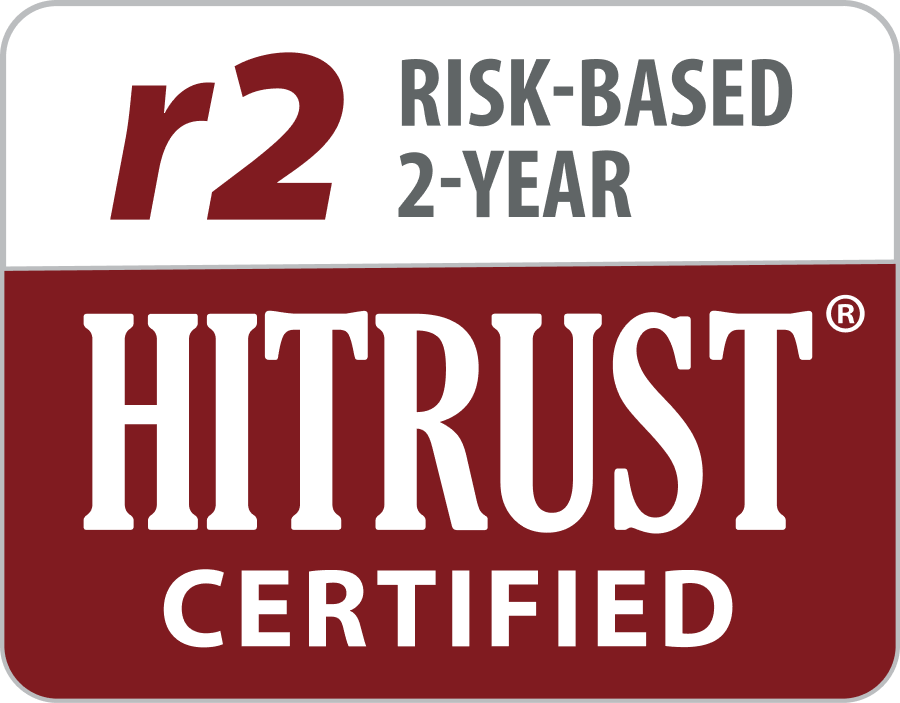 Charles Baker, VP, Compliance Solutions
Charles Baker, VP, Compliance Solutions
Congress may be stuck in partisan stalemates, but risk adjustment reform is one area where the gears are still turning. The No UPCODE Act (S.1105), introduced this spring, has quickly become the focal point for Medicare Advantage payment debates.
What’s in the Bill?
- Chart reviews and HRAs cut out: Diagnoses from chart reviews or health reimbursement arrangements (HRAs) won’t count unless confirmed in a clinical encounter
- Two years of data: Risk adjustment would rely on two years of diagnoses instead of one
- Transparency in coding intensity: CMS would publicly report Medicare Advantage vs. fee-for-service coding differences and adjust payments where needed
The likely compromise version pares this back, focusing on home-based HRAs without clinical confirmation, but still signals real movement.
Why It Matters
If a healthcare package moves forward this fall, expect some version of the bill to ride along. It won’t be a full reset of the model, but enough to shift payment dynamics and force plans, actuaries, and compliance teams to adjust.
The Momentum Is Building
- AARP’s endorsement: Backing the bill as a way to protect Medicare’s trust fund and prevent $40B in annual upcoding costs
- Physicians speak up: The Alliance of Specialty Medicine supports the effort, citing $84B in excess payments this year and unsustainable chart-chasing
- Policy and media spotlight: Axios and The Washington Post call it bipartisan reform with serious savings potential, while The Wall Street Journal highlights CMS administrator Dr. Oz labeling upcoding as “cheating”
- Think tanks and audits: The Center for Economic and Policy Research projects $1.2T in overpayments in the next decade, and CMS is already expanding RADV audits through 2026 to claw back past charges
- Insurer pushback: AHIP warns of funding cuts, and the Better Medicare Alliance argues benefits could shrink; the resistance only underscores that this bill is in play
The RADV Connection
CMS already turned up the heat with its 2025 Medicare Advantage RADV audits. For the first time, CMS deployed two targeting algorithms to identify contracts “predicted to have the greatest reduction in risk score” under audit.
Early data suggests CMS was right: Validation rates for targeted HCCs and members in the first wave of audited contracts came in below 50%. That’s significantly lower than random-sample validation, showing CMS’s predictive model is hitting its mark.
Why This Matters for Congress
The more CMS can show that targeted RADV audits uncover systematic non-validation, the more political pressure will mount to curb “fraud, waste, and abuse” through statutory reforms like the No UPCODE Act. Even a pared-back version—say, excluding home health assessments or HRA diagnoses that aren’t confirmed elsewhere—could gain traction as the “least disruptive” option.
The Bottom Line
Risk adjustment may not grab headlines, but it could be the lever Congress pulls to show action, and to shave billions off Medicare Advantage payments. For compliance pros, coders, and actuaries, this fall’s negotiations aren’t background noise—they’re the main event.
Stay Ahead of Risk Adjustment Reform
Partner with ATTAC Consulting Group to navigate RADV audits, coding reforms, and compliance challenges with confidence.

